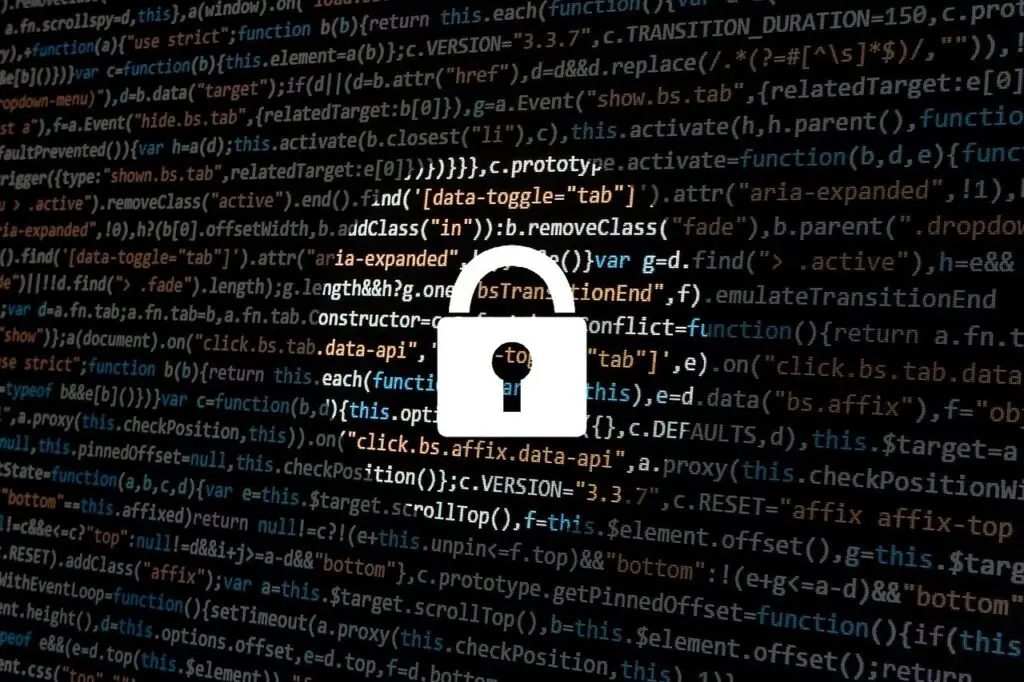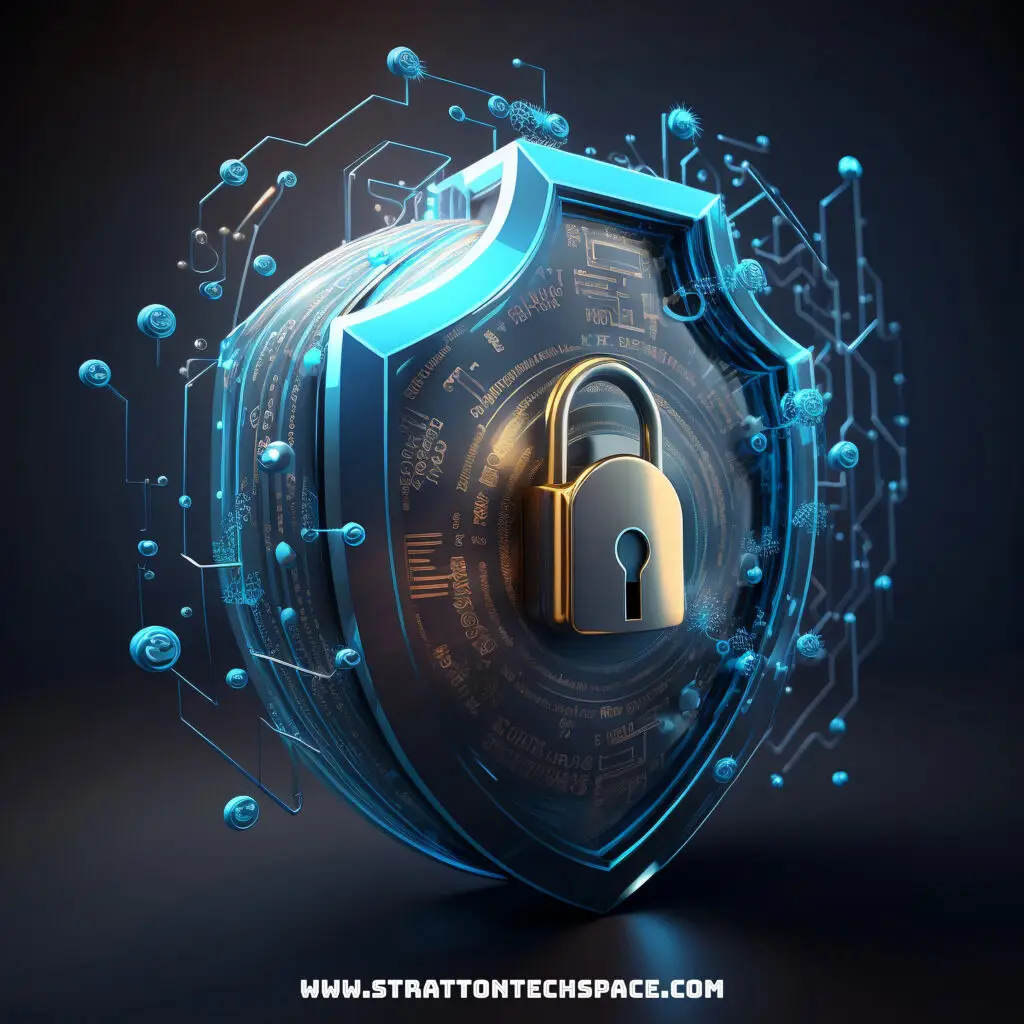Introduction
In today’s interconnected digital world, hacking has become a constant menace. From personal data breaches to large-scale cyber-attacks, the cybersecurity landscape is always changing. In 2024, hackers use advanced tactics to exploit flaws, raising the stakes even higher. In this comprehensive tutorial, we’ll delve into the realm of hacking, examine its numerous manifestations, and provide you with critical methods for staying safe in this digital jungle.
Understanding Hacking
Hacking, in its simplest form, refers to the unauthorized access or manipulation of computer systems, networks, or data. However, it’s essential to recognize that hacking encompasses a wide spectrum of activities, ranging from relatively benign pranks to malicious cyber-attacks with severe consequences.
Types of Hacking
1. Phishing:
Phishing remains one of the most common and effective hacking techniques. It involves tricking individuals into divulging sensitive information such as passwords, credit card numbers, or personal details by masquerading as a trustworthy entity via email, text, or social media.
2. Malware:
Malicious software, or malware, is another prevalent tool in a hacker’s arsenal. This includes viruses, worms, ransomware, and spyware, designed to infiltrate and compromise systems, steal data, or hold it hostage for ransom.
3. Social Engineering:
Often dubbed as “hacking the human,” social engineering exploits human psychology to manipulate individuals into divulging confidential information or performing actions that compromise security protocols.
4. Exploiting Software Vulnerabilities:
Hackers exploit weaknesses in software, operating systems, or applications to gain unauthorized access to systems or execute malicious code.
5. DDoS Attacks:
Distributed Denial of Service (DDoS) attacks overwhelm a target system or network with a flood of traffic, rendering it inaccessible to legitimate users.
Staying Safe from Hackers in 2024
Now that we’ve explored the various facets of hacking, let’s delve into proactive measures to enhance your cybersecurity posture and mitigate the risks of falling victim to hacking attempts.
1. Keep Software Updated:
Regularly update your operating system, applications, and antivirus software to patch known vulnerabilities and defend against emerging threats.
2. Strong, Unique Passwords:
Utilize complex passwords comprising a mix of letters, numbers, and special characters, and avoid reusing passwords across multiple accounts. Consider using a reputable password manager to securely store and manage your credentials.
3. Enable Two-Factor Authentication (2FA):
Implement 2FA wherever possible to add an extra layer of security beyond passwords. This typically involves receiving a one-time code via SMS, email, or authenticator apps to verify your identity during login attempts.
4. Exercise Vigilance Against Phishing:
Be cautious of unsolicited emails, messages, or calls requesting sensitive information or urging urgent action. Verify the authenticity of communications from purported organizations by contacting them directly through trusted channels.
5. Secure Your Network:
Safeguard your home or office network with strong encryption, such as WPA3 for Wi-Fi, and regularly review and update router settings, including changing default passwords and disabling remote administration.
6. Practice Safe Browsing Habits:
Exercise caution when clicking on links or downloading attachments from unfamiliar sources, and verify the legitimacy of websites before entering sensitive information.
7. Educate Yourself and Others:
Stay informed about the latest cybersecurity threats and trends, and educate yourself and your peers about best practices for staying safe online. This includes recognizing common phishing tactics, understanding the risks of social engineering, and practising good digital hygiene.
8. Backup Your Data Regularly:
Implement a robust backup strategy to ensure that critical data is regularly backed up and securely stored offline or in the cloud. This mitigates the impact of ransomware attacks and hardware failures, allowing you to restore data in the event of a breach.
Summary
-
- What is hacking? Hacking is the unlawful access or manipulation of computer systems, networks, or data. It can cover a wide range of actions, from benign system vulnerability investigation to malevolent exploitation for profit or disruption.
- Who are hackers? Hackers are people with varied degrees of experience in computer programming and cybersecurity. They may have a variety of objectives, such as financial gain, espionage, activism, or simply the excitement of discovery.
- How do hackers gain access to systems? Hackers utilize a variety of tactics to obtain unauthorized access to systems, such as exploiting software vulnerabilities, performing phishing attacks to deceive users into disclosing login credentials, and installing malware to infiltrate devices or networks.
- What are the different types of hackers? Hackers are frequently classified into three types: white hat hackers, who ethically test and improve cybersecurity defenses; black hat hackers, who engage in malicious activities for personal gain or disruption; and grey hat hackers, who may cross the line between ethical and unethical hacking.
- How can I protect myself from hackers? To defend yourself from hackers, exercise proper cybersecurity hygiene, which includes using strong, unique passwords, updating software, exercising care online, and encrypting critical data. Consider employing security solutions like antivirus software, firewalls, and virtual private networks (VPNs).
- What is ransomware, and how can I prevent it? Ransomware is a sort of virus that encrypts a victim’s files or locks them out of their device, then demands a ransom payment to restore access. To avoid ransomware attacks, make frequent backups of your data, be wary of unusual emails or attachments, and use trusted antivirus software.
- Can hackers access my IoT devices? Yes, unsecured Internet of Things (IoT) devices can be hacked, potentially giving hackers access to your home network or jeopardizing your privacy. To protect your IoT devices, replace the default passwords, keep the software up to current, and consider separating your IoT network from your main network.
- How can I report hacking incidents or cybercrime? If you have been a victim of hacking or cybercrime, notify your local law enforcement agency and any appropriate authorities, such as the Internet Crime Complaint Center (IC3) or your country’s cybersecurity agency. Consider obtaining support from cybersecurity professionals or groups that specialize in incident response.
Conclusion
Cybersecurity is more important in today’s digital age.As we traverse the ever-changing world of cyber risks in 2024, proactive actions and attention are essential. Understanding the various types of hacking, implementing strong security procedures, and staying up to date on emerging threats will help you build your defenses and protect yourself against cyber-attacks in this digital age. Preventive measures are often the most effective defense in cybersecurity. Stay secure, cautious, and preserve what’s most important in your digital life.



